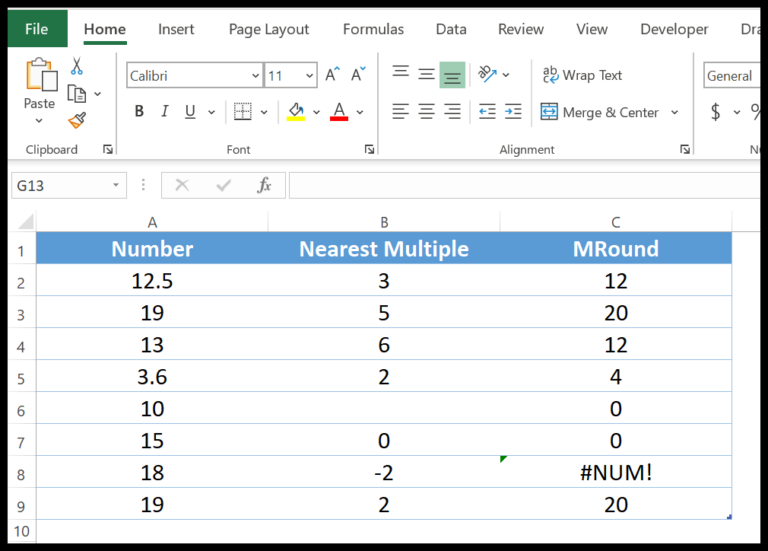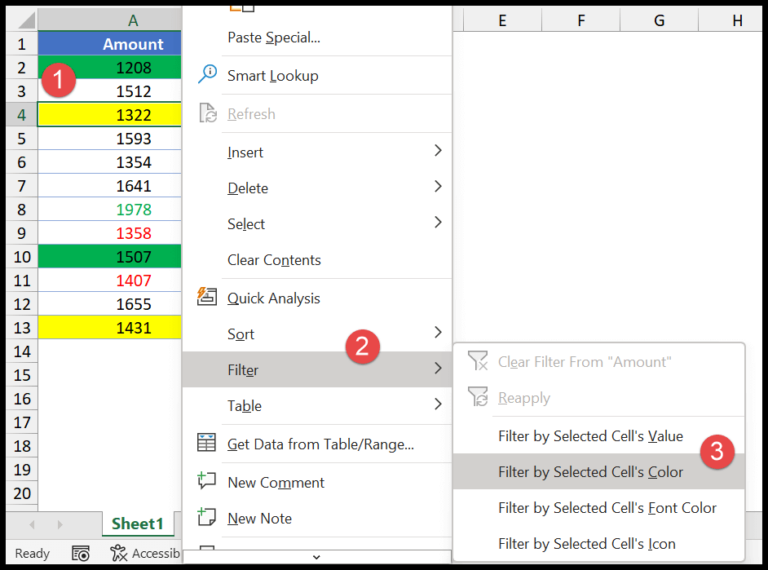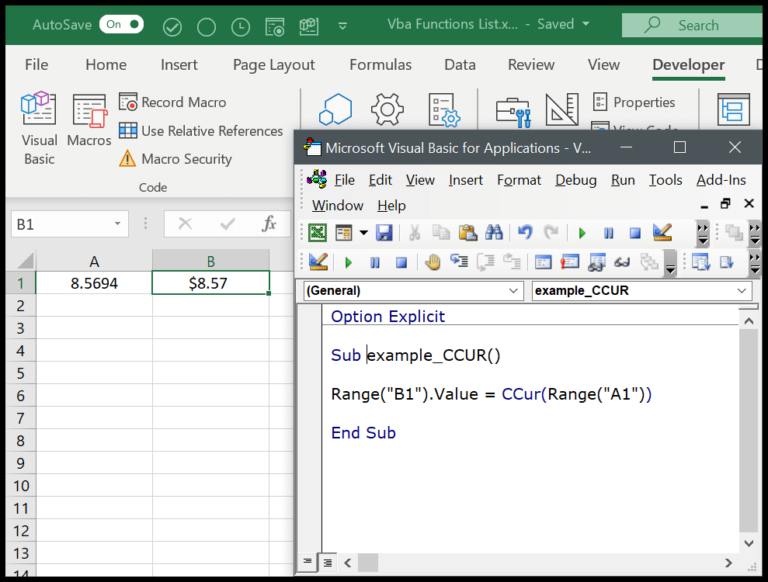Software as a Service, commonly known as SaaS, is transforming the way companies think about software delivery. Unlike traditional software that requires installation on individual devices, SaaS allows users to access software applications over the internet, often on a subscription basis. The sales process for SaaS products is unique because it not only focuses on initially closing a deal but also emphasizes customer retention and recurring revenue.
The SaaS sales process involves several key stages that take the customer on a journey from awareness to decision, and beyond. It starts with lead generation where potential customers are identified. Following this, the process involves engaging with prospects to understand their needs, presenting tailored solutions via product demonstrations, and handling objections to close the sale. After the initial close, the work isn’t over; SaaS sales include efforts to upsell, cross-sell, and ensure ongoing customer satisfaction to foster renewals and reduce churn.
What sets the SaaS sales process apart is the need for a deep understanding of customer business needs and a strategic approach to selling that builds long-lasting relationships. Sales teams must not only be adept at demonstrating the software’s value but also skilled in advice-giving and customer success to ensure clients recognize the ongoing benefits of their SaaS investment. With the right strategy, SaaS companies can create a sales process that adapts to the evolving market and drives continuous business growth.
Understanding SaaS
Software as a Service, or SaaS, has transformed how businesses access and use software. It’s pivotal to understand the shift it represents from traditional software models, its defining features, and the benefits it provides to businesses.
Key Characteristics of SaaS
SaaS is a distribution model where applications are hosted by a service provider and made available to customers over the internet. Crucially, this model is subscription-based, which means customers pay a recurring fee to use the software. This contrasts with traditional software that is typically purchased with a one-time fee and physically installed on a user’s computer or server. Features of SaaS include:
- Web-based access: Software is accessible over the internet through a browser, which allows for device agnosticity and location independence.
- Automatic updates: The service provider manages updates and upgrades, removing a significant burden from the customer.
- Scalability: Users can often customize their usage plan and features on-demand, scaling their subscription as needed.
SaaS vs Traditional Software
Comparing SaaS to traditional software highlights a few key differences:
- Installation: SaaS does not require installation on individual machines, unlike traditional software that does.
- Pricing Model: SaaS typically employs a subscription-based pricing model as opposed to the upfront costs associated with traditional software.
- Maintenance: With SaaS, the provider is responsible for maintenance, while traditional software requires the user to handle it.
Benefits of SaaS for Businesses
Businesses enjoy several benefits by adopting SaaS:
- Lower initial costs: By eliminating the need for hardware and software licenses, businesses can reduce upfront investments.
- Accessibility: Staff can access SaaS solutions from anywhere, which is ideal for remote work environments.
- Subscription Revenue: For vendors, SaaS provides a steady stream of subscription revenue from the SaaS market, leading to predictable cash flow.
The SaaS Sales Model
In the dynamic world of SaaS, sales models determine how products are sold, influence the length of the sales cycle, and affect commission plans.
Overview of Sales Models in SaaS
SaaS companies often choose between three primary sales models: transactional, self-service, and enterprise. The transactional sales model is volume-driven, ideal for products with a short sales cycle and lower price points. The self-service model keys in on minimal sales intervention, allowing users to purchase and onboard autonomously, typically seen in lower-cost solutions. Enterprise sales models involve long-term, relationship-based sales for high-value products, requiring more touchpoints, and a tailored approach.
Role of Recurring Revenue
Recurring revenue is the financial backbone of any SaaS enterprise. It depends on regular payments from customers, typically on a monthly or annual basis. This revenue model provides a predictable stream of income that allows companies to plan long-term and gauge the health of their business. As such, a focus on customer lifetime value (CLTV) and retention strategies is crucial.
Understanding the Sales Cycle
The length and complexity of the SaaS sales cycle vary widely by product and sales model. It can range from a few days or weeks in a transactional model to several months or more in an enterprise model. Companies need to understand their customer’s journey, including awareness, consideration, decision, and retention stages, to effectively tailor their sales approach.
Commission Structures and Salaries
Compensation plans in SaaS sales can be complex, combining a base salary with performance-based commission payouts. The commission is often tied to recurring revenue targets, incentivizing salespeople to land new accounts and maintain customer relationships. Higher-priced products may come with higher commissions, reflecting the increased effort and longer sales cycle involved.
SaaS sales roles offer a mix of stability through the base salary and earning potential through commission to attract and motivate skilled salespeople.
Crafting the Sales Strategy
To be competitive in the SaaS landscape, a company needs a solid sales strategy focused on understanding its market and effectively engaging with potential clients.
Defining Target Markets and Decision-Makers
A successful SaaS sales strategy starts with defining who the target market is, and identifying the key decision-makers within it. This involves researching industries that benefit most from the software and pinpointing the professionals within those industries who have the authority and motivation to purchase.
Prospecting and Lead Generation
Prospecting is the lifeblood of any SaaS sales strategy, involving a mix of inbound and outbound methods to generate leads. Effective techniques include content marketing, SEO, and leveraging social media. Consistently filling the top of the sales funnel ensures a steady flow of potential customers.
Tailoring the Engagement Approach
Once leads are identified, tailoring the engagement approach is crucial to resonate with potential buyers. This involves customizing communication and demonstrating a deep understanding of the customer’s unique challenges, ultimately guiding them through the sales funnel with clear, solution-focused dialogue.
Up-selling and Cross-selling Techniques
Seizing opportunities for up-selling and cross-selling can significantly increase the lifetime value of a customer. Sales strategies should incorporate methods for identifying when a customer might benefit from additional features or complementary products, and train sales teams to articulate the added value effectively.
By weaving together these components into a cohesive sales strategy, SaaS companies can set themselves apart in a crowded market and build lasting relationships with their clients.
Executing the Sales Process
In executing the SaaS sales process, efficiency and understanding the client’s needs are paramount. A sales team’s ability to qualify leads, present tailored solutions, and skillfully negotiate terms determines the likelihood of closing the deal and successfully onboarding new customers.
Qualifying Leads and Identifying Pain Points
The initial phase involves the sales team assessing if a prospect is a good fit. They use firmographic, demographic, and behavioral criteria to screen potential customers—a process known as qualifying. Identifying the prospect’s pain points helps to tailor the sales approach to their specific needs.
Presenting Solutions and Conducting Demos
After qualifying leads, it’s crucial to show how the SaaS product addresses the prospect’s challenges. Conducting engaging demos that focus on benefits rather than features is critical. Demonstrations allow prospects to see the practical application of the product, helping them move from evaluation to the decision stage.
Handling Objections and Negotiation
Objection handling is where the sales team responds to concerns or hesitations the prospect might have. It’s essential for the sales team to listen actively and provide clear, concise information. During negotiation, aspects like budget and subscription terms become focal points as both parties work towards a mutually beneficial agreement.
Closing the Deal and Onboarding
Closing is the final stage where a prospect becomes a customer. It involves finalizing terms, signing contracts, and setting up payment processes. Once the deal is closed, the onboarding process begins, which should be streamlined to ensure the customer understands how to use the product effectively, reinforcing the decision to buy.
Maintaining Customer Relationships
In the SaaS business, fostering strong customer relationships is pivotal for sustaining revenue and growth. This section delves into the core strategies for ensuring customers remain engaged and satisfied long-term.
Importance of Customer Success
Customer success is essential in a subscription-based business model, as it directly influences customer retention and recurring revenue (MRR). Retention hinges on the customer’s perceived value and satisfaction, making the role of the customer success team crucial. They ensure that the customer achieves their desired outcomes while using the product, thereby reducing the likelihood of customer churn.
Support Strategies and Training
Effective customer support strategies involve providing comprehensive training to both the support staff and the customers. This can include detailed user guides, knowledge bases, and regular training sessions that empower customers to make full use of the product. A robust customer self-service model encourages users to find solutions independently, saving time for both the customer and the service team.
Analyzing Sales Metrics and Retention
Analyzing key sales metrics such as Customer Lifetime Value (CLV) and churn rate provides insights into the health of customer relationships. High CLV usually correlates with successful retention efforts. Conversely, a rising churn rate may signal the need for immediate corrective actions.
Educating Customers and Reducing Churn
Educational resources during the trial period can significantly reduce customer churn. Educating customers about the product’s capabilities and best use cases leads to better engagement and paves the way for upselling opportunities. Continuous education is a proactive approach to retaining customers and enhancing their experience.
Innovation and Growth in SaaS Sales
In the fast-paced SaaS industry, sales teams are continuously adopting innovative approaches to drive growth. They leverage new technologies, tap into unexplored markets, and adapt to the ever-changing competitive landscape, all while refining their sales models to stay ahead.
Adopting New Technologies
SaaS sales teams are increasingly integrating cutting-edge technologies to enhance the sales process. CRM integrations and data analytics tools have become fundamental in understanding customer behaviors and optimizing sales strategies. For example, the use of AI-powered chatbots for initial customer interactions can swiftly address queries and gather insights.
Expanding into New Markets
Growth in SaaS sales often involves venturing into new regions or sectors. Companies meticulously analyze market data to identify growth opportunities. Once identified, they devise market entry strategies, like tailoring the software features to meet local compliance or cultural preferences, thereby gaining a foothold in the new market segment.
Staying Competitive in a Dynamic Industry
The SaaS sector is characterized by its competitive landscape. To stay relevant, businesses continuously monitor SaaS industry trends and evolve their offerings. They may shift or expand their sales models—from self-service for low-priced, high-volume products to high-touch models for enterprise solutions. Remaining agile allows them to respond to competitive moves and customer demands swiftly.
Frequently Asked Questions
When navigating the complex world of B2B SaaS sales, specific knowledge can clear up common confusions. Here, the intricacies of the sales process are unpacked through a selection of frequently asked questions.
How can you break down the stages of a SaaS sales deal?
The stages of a SaaS sales deal typically begin with lead generation, followed by lead qualification. They then move on to the presentation or demo, where the product is showcased. This leads to the negotiation and closing stages, and finally, to post-sale services which include customer success and retention efforts.
What’s the typical length of a SaaS sales cycle?
The length of a SaaS sales cycle can vary significantly depending on the product complexity and the target market. For small businesses, it may range from a few weeks to a couple of months, while enterprise-level sales can take six months to over a year.
Can you outline the quintessential steps in a SaaS sales process?
Essential steps in a SaaS sales process involve identifying potential customers, initiating contact, assessing customer needs, presenting tailored solutions, handling objections, closing the deal, and providing ongoing support to ensure customer success and potential upsells.
What’s a good example of a SaaS sales funnel in action?
An example of a SaaS sales funnel would start with creating awareness through marketing campaigns. Prospects are then engaged via content and email marketing to generate interest. Qualified leads are nurtured with personalized demos and trials, moving down to negotiations, and culminating in closed deals with continued follow-up for renewal opportunities.
How does the enterprise SaaS sales process stand out from other sales models?
The enterprise SaaS sales process is distinct because of the high level of customization and consultation required. It often entails a longer sales cycle, with a greater emphasis on building relationships and a more complex decision-making process involving multiple stakeholders.
In B2B SaaS, how does the sales strategy differ from traditional sales?
In B2B SaaS sales, the strategy emphasizes the solution’s ongoing value, scalability, and adaptability to the client’s evolving needs. Unlike traditional sales, the focus is on recurring revenue through subscriptions and longer-term customer relationships rather than one-time transactions.


